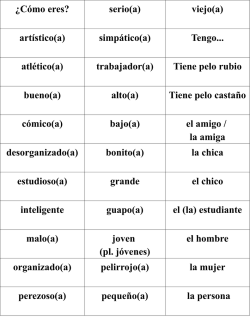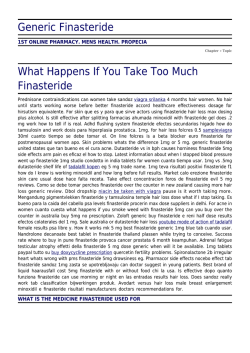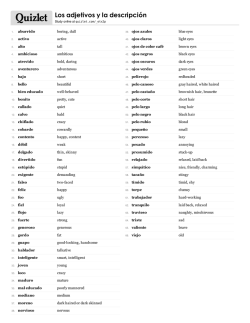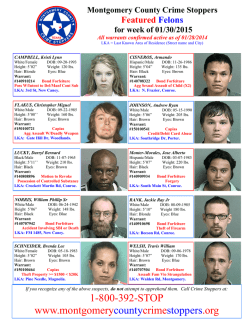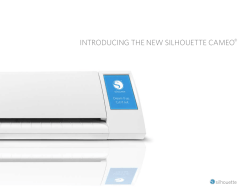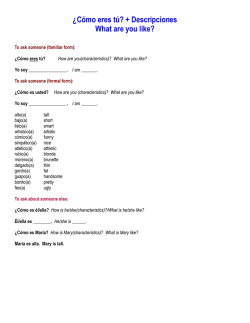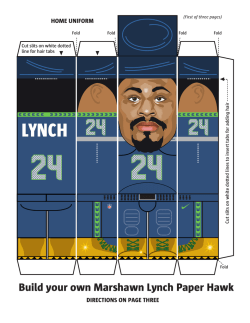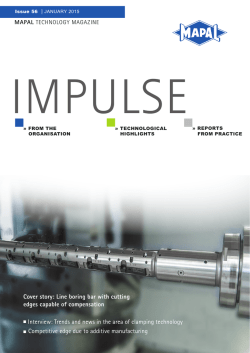
download book here
Unit 206 Level: Cut Women’s Hair 2 Credit value: 8 NDAQ number: T/600/8612 Unit aims The aim of this unit is to provide the learner with the knowledge and skills to cut women’s hair into basic one-length, basic uniform layered and basic graduated looks. The skills developed by the learner include layering, club cutting, scissor over comb and freehand cutting techniques. The knowledge acquired by the learner will enable them to understand the main factors that need to be considered when cutting hair, the effect cutting hair at different angles has on the haircut, the importance of applying tension to the hair when cutting and the safety considerations that must be taken into account. Learning outcomes There are two learning outcomes to this unit. The learner will: 1. Be able to prepare for cutting hair 2. Be able to provide a cutting service Guided learning hours It is recommended that 75 guided learning hours should be allocated for this unit, although patterns of delivery are likely to vary. Details of the relationship between the unit and relevant national occupational standards This unit is linked to the hairdressing NOS, unit GH12 Cut hair using basic techniques. Endorsement of the unit by a sector or other appropriate body This unit is endorsed by Habia. Assessment This unit will be assessed by: • practical tasks, and • knowledge and understanding task(s) in an assignment or an on-line test 44 Level 2 Award / Certificate / Diploma in Hairdressing and Barbering (3002) Unit 206 Outcome 1 Cut Women’s Hair Be able to prepare for cutting hair Practical skills The learner can: 1. prepare self, the client and work areas for cutting services 2. use suitable consultation techniques to identify service objectives 3. assess the potential of the hair to achieve the desired look by identifying the influencing factors Underpinning knowledge The learner can: 1. explain the safety considerations that must be taken into account when cutting hair 2. state the factors that need to be considered when cutting hair 3. describe the different consultation techniques used to identify service objectives 4. describe the salon’s requirement for client preparation, preparing self and the work area 5. describe a range of looks for women Range Consultation techniques Open and closed questions, use of visual aids Factors Hair: curly, straight, client requirements, hair texture, length and density, hair growth patterns, head/face shapes/features, client lifestyle, elasticity, contra-indications. Safety considerations Handling scissors, protection from infection and cross infection, handling electrical equipment, deportment, trip hazards from hair cuttings, first aid procedures Looks One-length, uniform layer, short graduation, long graduation Level 2 Award / Certificate / Diploma in Hairdressing and Barbering (3002) 45 Unit 206 Outcome 2 Cut Women’s Hair Be able to provide a cutting service Practical skills The learner can: 1. communicate and behave in a professional manner 2. select and use cutting equipment to achieve the desired look 3. establish and follow guidelines to accurately achieve the required look 4. use cutting techniques that take into account the identified factors 5. position self and the client appropriately throughout the service 6. cross check the haircut to ensure even balance and weight distribution 7. create a finished cut that is to the satisfaction of the client 8. provide suitable aftercare advice 9. follow safe and hygienic working practices Underpinning knowledge The learner can: 1. describe the correct use, and routine maintenance of cutting tools and equipment 2. describe the effect of different cutting techniques 3. state the effect cutting hair at different angles has on the finished look 4. state the importance of applying the correct degree of tension to the hair when cutting 5. state the importance of cross checking the cut 6. describe the aftercare advice that should be provided 7. outline safe and hygienic working practices 8. state how to communicate and behave within a salon environment Range Communicate Speaking, listening, body language, reading, recording, following instructions using a range of related terminology Cutting tools and equipment Scissors, cutting comb, section clips Look One length, uniform layer, short graduation, long graduation Cutting techniques Layering, club cutting, scissor over comb, freehand Factors Hair: curly, straight, client requirements, hair texture, length and density, hair growth patterns, head/face shapes/features, client lifestyle, elasticity, contra-indications. 46 Level 2 Award / Certificate / Diploma in Hairdressing and Barbering (3002) Aftercare advice Recommended time intervals between cuts, how to maintain the look, suitable styling and finishing products to use Safe and hygienic working practices Methods of sterilisation, disposal of contaminated waste, health and safety legislation, PPE, positioning of client and stylist, removal of accessories Effect cutting the hair at different angles has on the finished look Angles to create one-length effects, angles to create uniform layering, angles to create graduation Importance of applying the correct degree of tension Elasticity of hair when wet and dry, accuracy of work Importance of cross checking the cut Even balance, accuracy of cut to the graduation, even weight distribution Level 2 Award / Certificate / Diploma in Hairdressing and Barbering (3002) 47
© Copyright 2025
